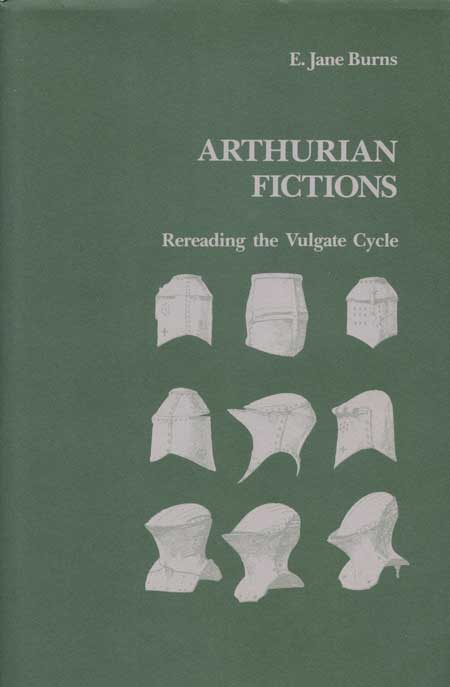Arthurian FictionsRereading the Vulgate CycleE. Jane Burns |
 1985 pp. 6x9 | |||
|
“Because it deals cogently with current critical theory, because it also respects medieval poetic theory and practice, and because it is comprehensive, this book is, in my view, the most significant contribution to the study of the Vulgate Cycle in years, perhaps decades, and will prove to be beneficial even to scholars not primarily interested in the Vulgate Cycle.” —Rupert T. Pickens, University of Kentucky Professor Burns’s rereading of the medieval French prose romance is to be understood in two senses of the term. She questions, in the first place, the premises that have shaped our understanding of the highly repetitive Arthurian tales of the five-story corpus known as the Vulgate Cycle, and suggests, in the second, a new model of reading based on precisely that repetition. To reread these prose texts, she points out, is to put aside considerations of narrative coherence, authorial control, and linear development, and to embrace instead the digressive and often illogical narrative path suggested by the text’s typed episodes. The Vulgate’s individual tales are composed, in large measure, of narrative redundancies, elements that give the impression that the text is retelling itself constantly, always introducing new protagonists whose actions only repeat with some variation what other knights have already accomplished. In contrast to a more linear kind of reading that might attempt to forge logical links of cause and effect among disparate aventures—thereby making sequential sense of what is essentially and perhaps purposefully a nonlinear narrative structure—Professor Burns proposes a reading that will do just the opposite. Reminding us that writing in the medieval period was, above all, a process of continual rewriting, and that the medieval “text,” as a result, has little of the narrative autonomy and coherence that we ascribe to, and expect of, printed works by named authors, Professor Burns advances an aesthetic for reading the prose romance that relies precisely on what have heretofore been considered its deficiencies: redundance, ellipsis, and self-contradiction. Once we accept these features of composition as given, as forms of repetition that parallel the fundamental pluralism of the manuscript tradition in the medieval period, we can begin to see, she argues, how rewriting in various guises typifies the very nature and function of textuality in medieval vernacular romance. If the repetition of stock episodes in the Vulgate corpus poses special problems for the modern reader by defying those narrative constraints generally associated with the well-wrought tale, the allied repetition of competing authorial voices and the systematic recasting of chivalric adventures into interpretative glosses provide other instances of rewriting that work in concert to undermine the most basic tenets of modern literary history and medieval theological Truth. Professor Burns thus addresses the problem of repetition in its largest scope, showing how different types of rewriting in the French Arthurian prose romances present a direct challenge to positivistic beliefs in single authorship, truthful interpretation, and realistic representation on the one hand, while subverting the specifically medieval traditions of Divine Text and Divine Voice, sacred meaning, and biblical representation on the other. E. Jane Burns is Associate Professor of French at the University of North Carolina, Chapel Hill. | ||||

